Decoding History: A Deep Dive into the Pyramids for 100 Hours
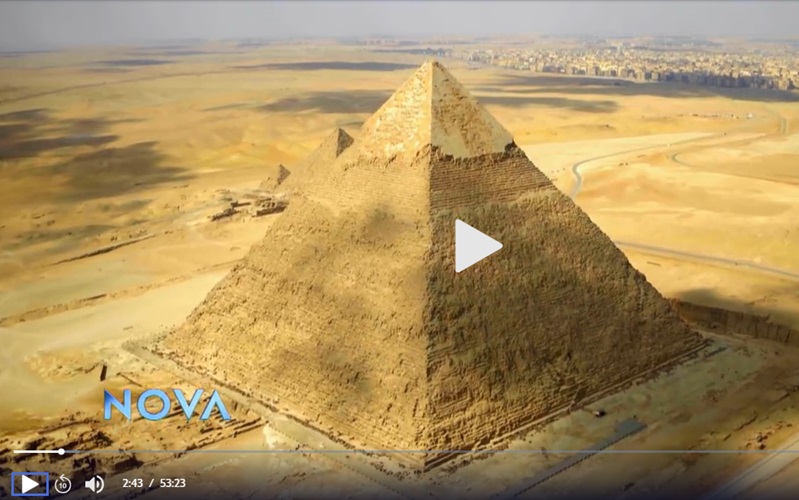
Introduction
Background of the Pyramids
The Pyramids of Egypt, particularly the Great Pyramid of Giza, have fascinated humanity for millennia. These monumental structures, built during the reign of the Pharaohs around 2500 BC, symbolize the ingenuity and determination of ancient civilizations. Standing at over 480 feet tall, the Great Pyramid remains one of the Seven Wonders of the Ancient World, drawing visitors from around the globe merely to marvel at its grandeur.
Significance of the Pyramids in History
The significance of the pyramids extends beyond their physical presence; they represent a convergence of art, architecture, and spirituality. Not only did they serve as tombs for Egypt’s elite, but they also:
- Demonstrated advanced engineering techniques.
- Provided insight into ancient Egyptian beliefs about the afterlife.
- Served as cultural symbols that have persisted through time.
In my travels, witnessing these incredible structures firsthand was humbling; I felt connected to the history they carry, which continues to inspire exploration and respect for the ancient world.

Architectural Design and Construction
Structure and Layout of the Pyramids
Building on their rich history, the pyramids showcase remarkable architectural design. The iconic square base and pyramid shape symbolize the rays of the sun, connecting earth to the divine. Each pyramid typically features:
- A burial chamber deep within.
- Intricate passageways that prevent tomb robbing.
- A surrounding complex with temples for worship.
Visiting Giza, I was struck by the precise alignment of the pyramids to the cardinal points—a testament to the Egyptians’ astronomical knowledge.
Tools and Techniques Used in Building
To achieve these feats, ancient builders utilized innovative tools and techniques. Notably, they relied on:
- Copper chisels and stone hammers.
- Wooden sledges for transporting heavy stones.
- Leverage and ramps for precise stone placement.
The sheer ingenuity behind these methods inspires awe; imagining thousands of workers collaborating in unison brings historical reconstructions to life, making the magnitude of their efforts even more impressive.

Purpose and Function
Theories on the Purpose of the Pyramids
Transitioning from their architectural majesty, the pyramids served multiple purposes, chiefly as tombs for pharaohs and important figures. Various theories surrounding their purpose include:
- Tomb Symbols: Serving as divine gateways to the afterlife.
- Energy Sources: Some believe they had mystical properties that harnessed energy.
- Political Power: Representing the strength and wealth of a pharaoh.
This rich tapestry of theories invites intrigue and speculation, reminiscent of my own curiosity during a guided tour in Giza.
How the Pyramids Were Used in Ancient Times
In ancient Egypt, pyramids were more than tombs; they were integral to the society’s religious and cultural practices. They functioned as:
- Funerary Temples: Where ceremonies took place to honor the dead.
- Burial Grounds: Often surrounded by smaller tombs for nobility.
- Economic Hubs: Providing jobs and sustenance for workers during construction.
Experiencing the echoes of these activities in the shadow of the pyramids deepened my appreciation for their multifaceted roles in ancient Egyptian life.
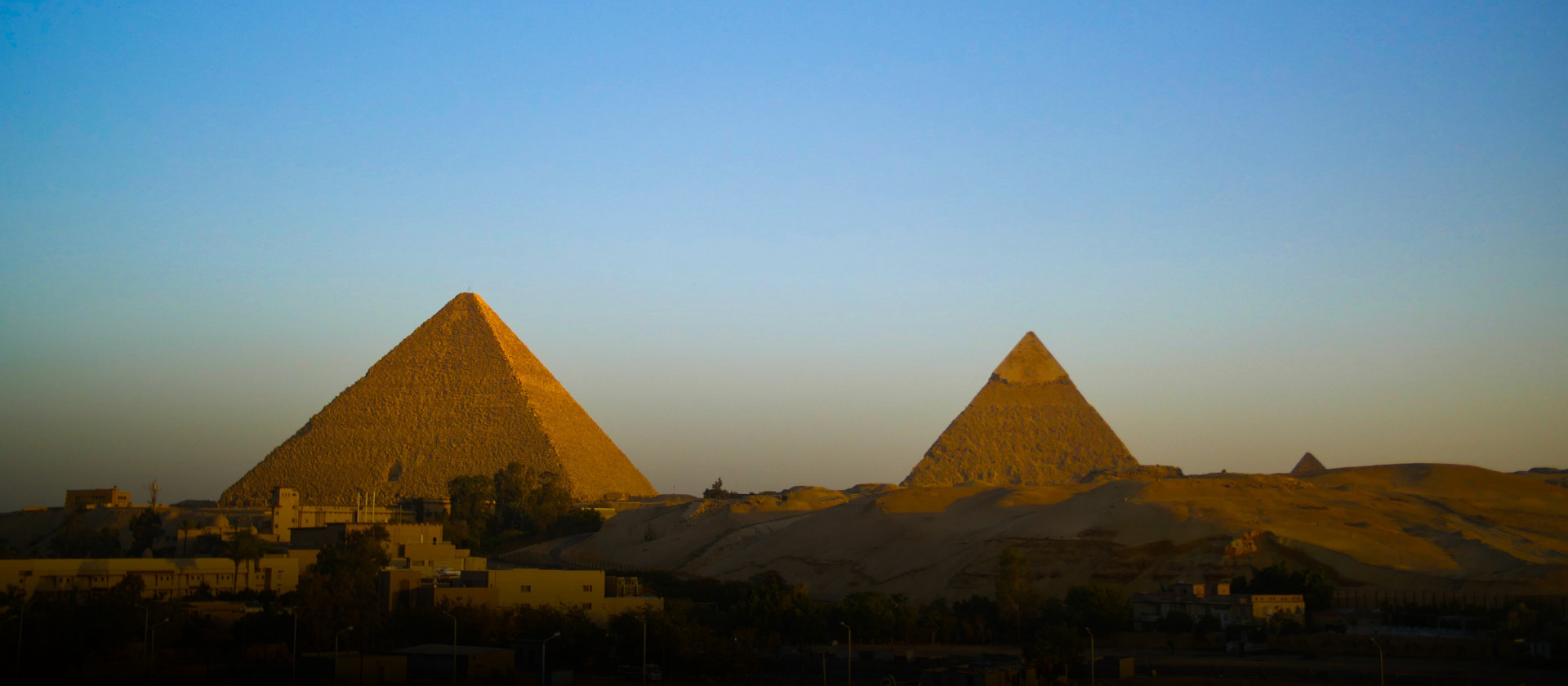
Historical Context
Historical Timeline of the Pyramids
Continuing our exploration, understanding the historical timeline of the pyramids reveals their evolution over centuries. The construction can be mapped out as follows:
- Third Dynasty (c. 2670-2610 BC): The Step Pyramid of Djoser marked the beginning of pyramid construction.
- Fourth Dynasty (c. 2610-2490 BC): The Great Pyramid of Giza stands as a pinnacle of architectural achievement.
- Later Dynasties: Subsequent pyramids, though smaller, continued to reflect evolving techniques and religious beliefs.
Reflecting on this timeline during my visit highlighted the progressive advancements in Egyptian civilization.
Impact on Egyptian Society
The impact of the pyramids on Egyptian society was profound. They acted as:
- Political Symbols: Representing the power of pharaohs and central authority.
- Cultural Beacons: Inspiring art, literature, and religious practices.
- Economic Drivers: Creating jobs and promoting trade through the influx of workers and materials.
Witnessing the pyramids’ historical significance helped me appreciate their role in shaping both the physical and spiritual landscape of ancient Egypt.

Mysteries and Controversies
Unanswered Questions about the Pyramids
As we delve deeper into the world of the pyramids, numerous unanswered questions continue to intrigue scholars and enthusiasts alike. Some of the most captivating include:
- Construction Techniques: How exactly were the massive stones transported and assembled?
- Exact Alignments: What prompted the precise astronomical alignments of the pyramids?
- Hidden Chambers: Are there undiscovered rooms or passages yet to be found?
These mysteries captivated me during my visit, as I pondered their secrets while gazing at the massive structures.
Debates Among Historians and Researchers
In the realm of academia, debates abound regarding the pyramids’ origins and purposes. Scholars argue over:
- Workforce Composition: Were slaves used, or were laborers motivated by loyalty and honor?
- Symbolism vs. Functionality: Did architectural elements primarily serve a functional purpose or reflect religious beliefs?
These discussions exemplify the ongoing quest for knowledge, and it was fascinating to witness this dynamic atmosphere; it certainly emphasizes how the pyramids continue to inspire scholarly curiosity and vigorous debate.

Modern Discoveries and Research
Recent Findings about the Pyramids
Advancing from the mysteries, recent discoveries about the pyramids have shed new light on their construction and purpose. Notable findings include:
- Hidden voids: Advanced scanning technology has revealed previously unknown chambers within the Great Pyramid.
- Construction materials: Analyzing samples has provided insight into the sources of the stones used.
During my visit, hearing about these breakthroughs made the ancient structures feel even more alive and relevant to modern science.
Technologies and Methods Used in Studying the Pyramids
Modern research leverages cutting-edge technologies to unlock the secrets of the pyramids. Some tools and methods include:
- Ground-penetrating radar (GPR): Allows researchers to visualize subsurface structures without excavation.
- 3D scanning: Captures detailed images, helping to analyze architecture and assess erosion.
- Drone surveys: Offer aerial views, facilitating mapping and analysis.
These innovative approaches underscore how technology bridges the past and present, enriching our understanding of these ancient wonders as scholars continue their passionate quest for knowledge.

Cultural Significance
Influence of the Pyramids on Art and Culture
Continuing from the realm of modern research, the pyramids have had a profound influence on art and culture throughout history. Their iconic shapes and majestic presence have inspired various forms of artistic expression, including:
- Paintings and Sculptures: Artists have often portrayed the pyramids in countless works, symbolizing eternity and mystery.
- Architecture: Many modern buildings draw inspiration from pyramid structures, reflecting their timelessness.
I remember visiting artists’ studios that featured pyramidal motifs, illustrating how deeply embedded these monuments are in various cultural narratives.
Representations of the Pyramids in Media and Popular Culture
The fascination with the pyramids extends into media and popular culture as well. On-screen, we see them appear in:
- Films: Movies like “The Mummy” and “Night at the Museum” highlight their allure and mystique.
- Video Games: Titles frequently incorporate pyramid settings, creating virtual landscapes that echo ancient Egypt.
These representations not only entertain but also keep the mystique of the pyramids alive, ensuring they remain a source of intrigue in our contemporary world. Witnessing their influence in various forms enriched my appreciation for their ongoing cultural relevance.

Legacy and Tourism
Tourism at the Pyramids Today
Transitioning from their cultural significance, the pyramids continue to attract millions of visitors each year, making them a pivotal part of Egypt’s tourism industry. Today’s tourism includes:
- Guided Tours: Knowledgeable guides share the rich history and stories behind each pyramid.
- Special Events: Light and sound shows provide immersive experiences at night.
During my visit, I was struck by the diverse crowd, all captivated by the same awe-inspiring structures.
Preservation Efforts for Future Generations
Given their significance, preservation efforts are essential to ensure these wonders endure. Ongoing initiatives focus on:
- Restoration Projects: Addressing wear and tear from natural elements and tourism.
- Sustainable Tourism Practices: Implementing measures to minimize environmental impact.
Witnessing these efforts firsthand emphasized the collective responsibility we share to protect these ancient treasures, ensuring they inspire countless generations to come.

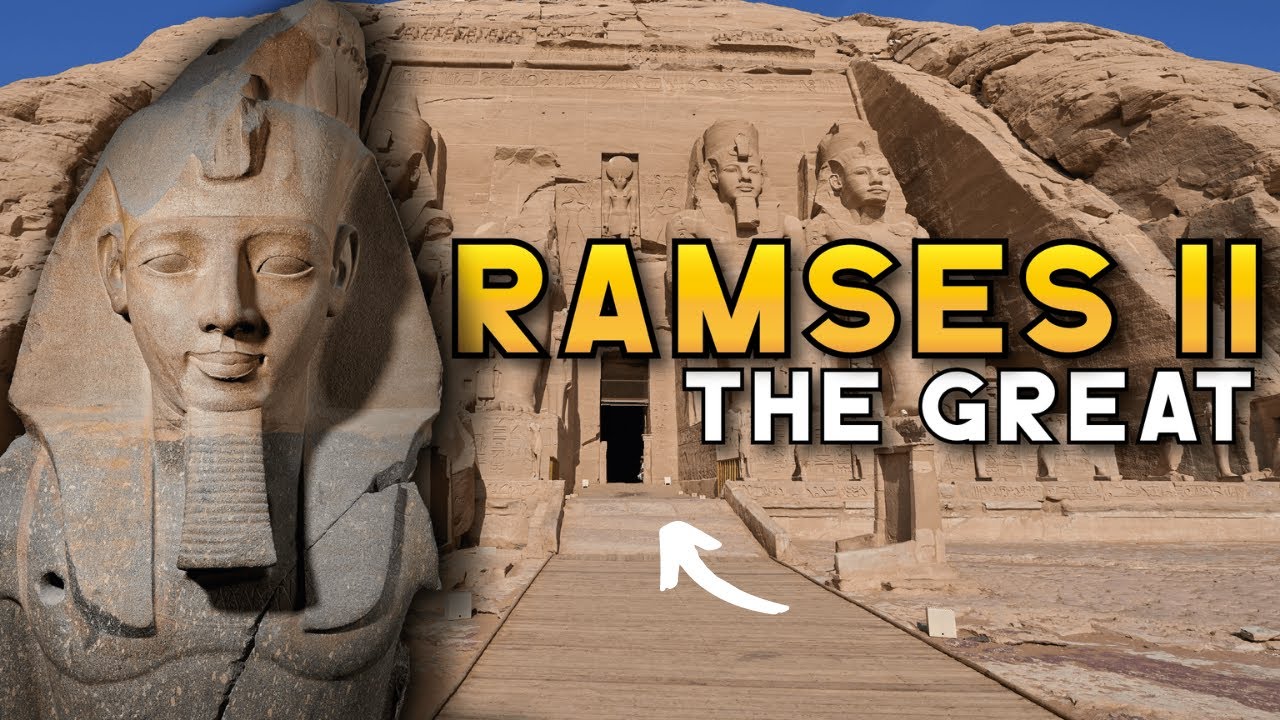
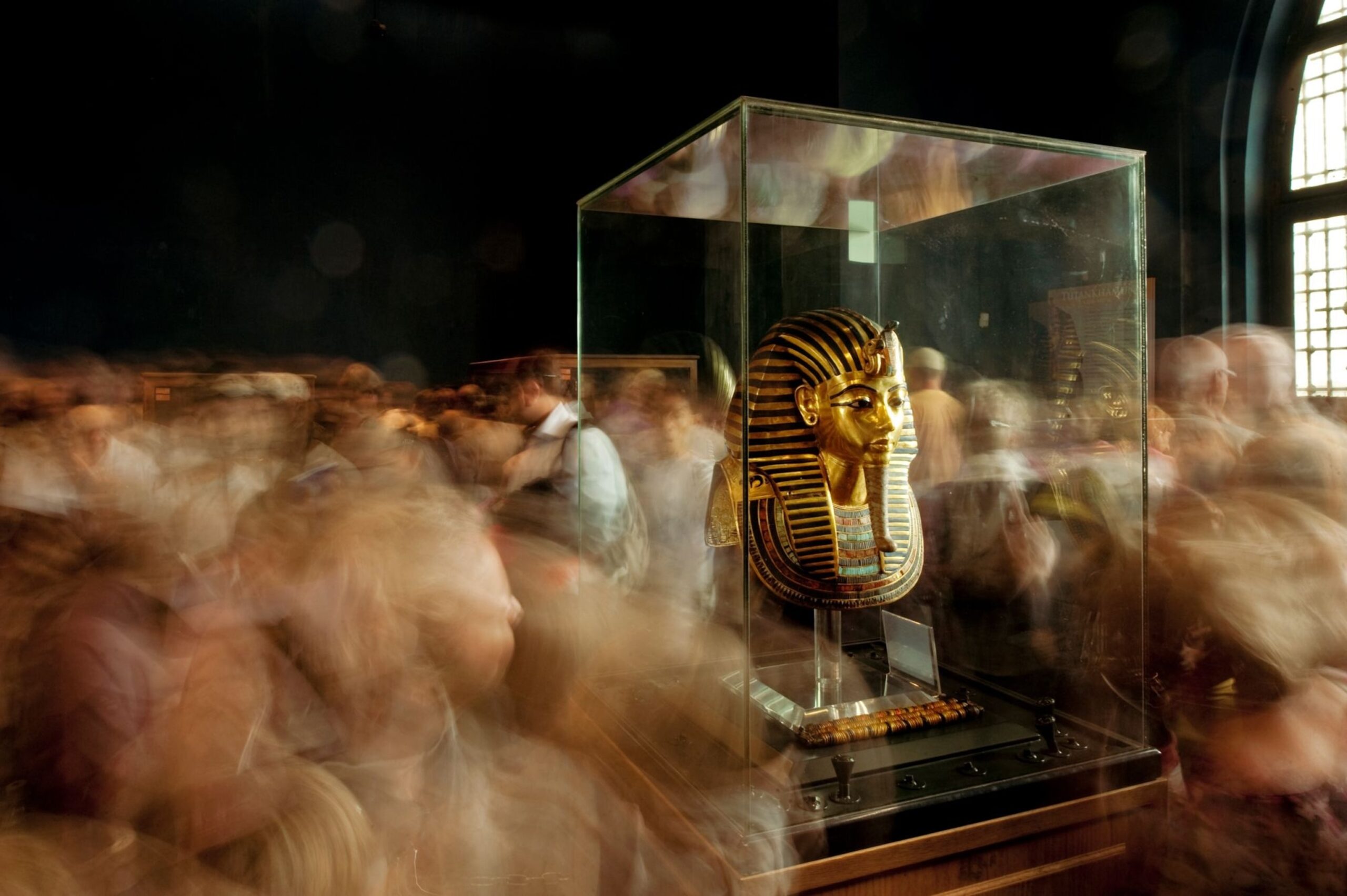


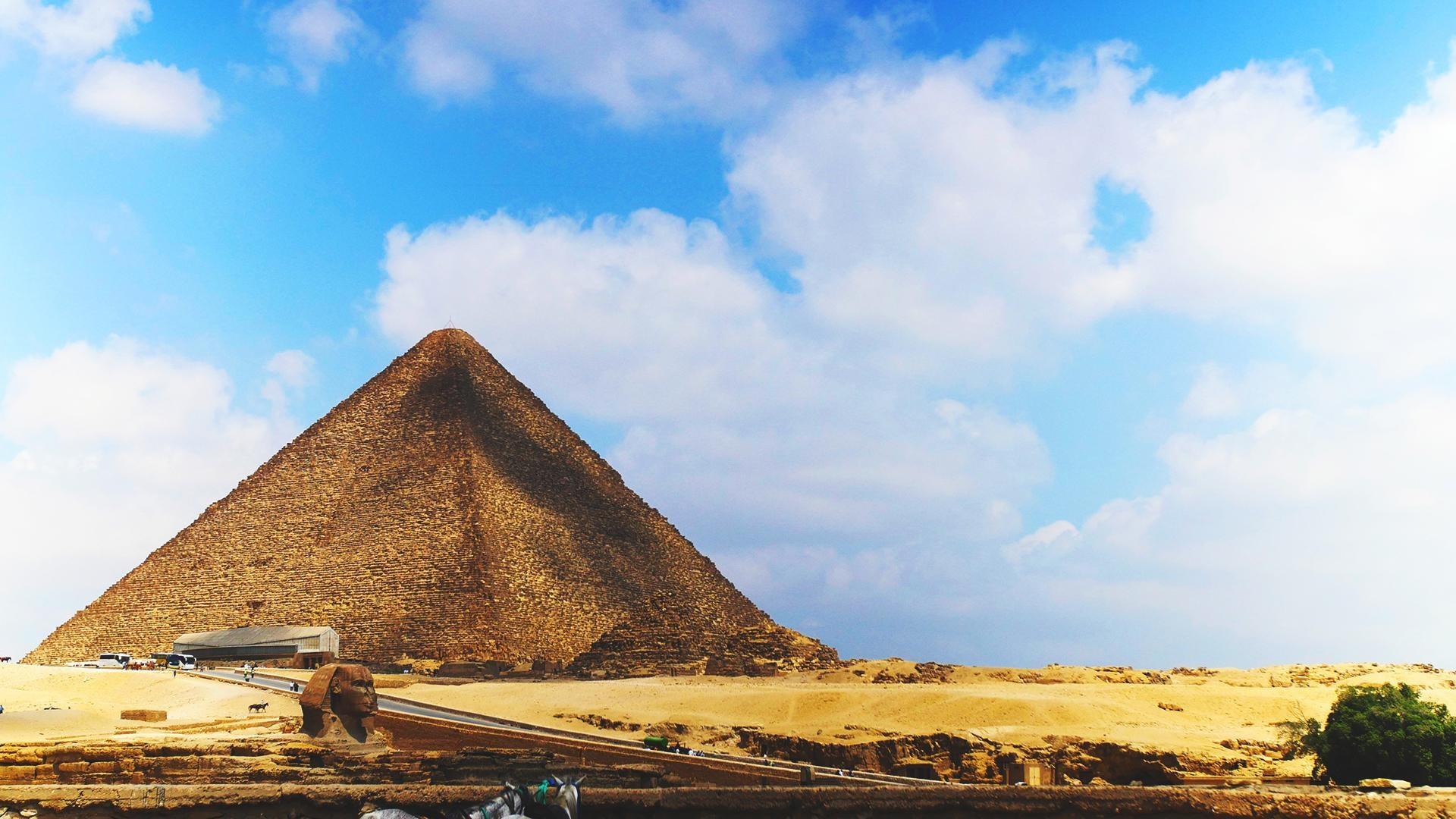
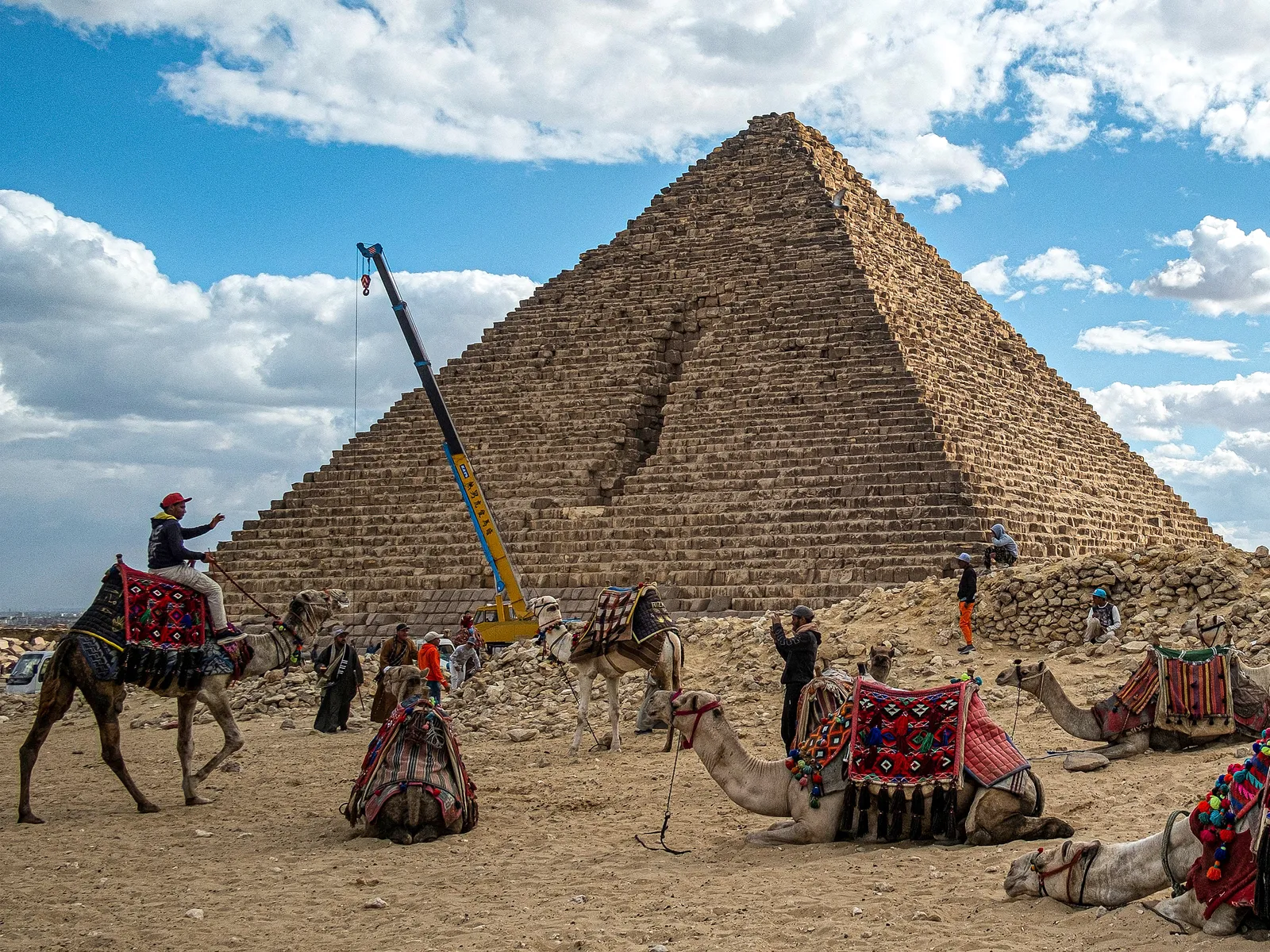
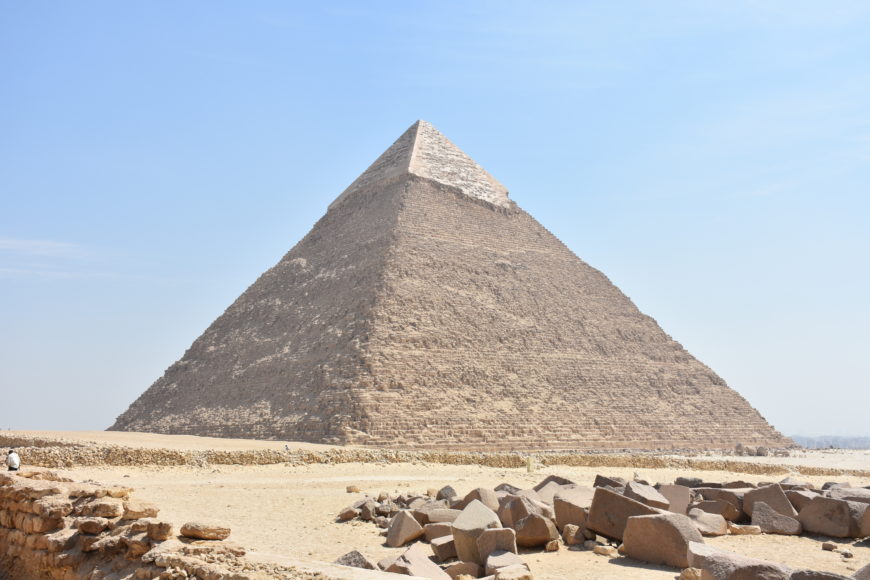


490966814.jpg)